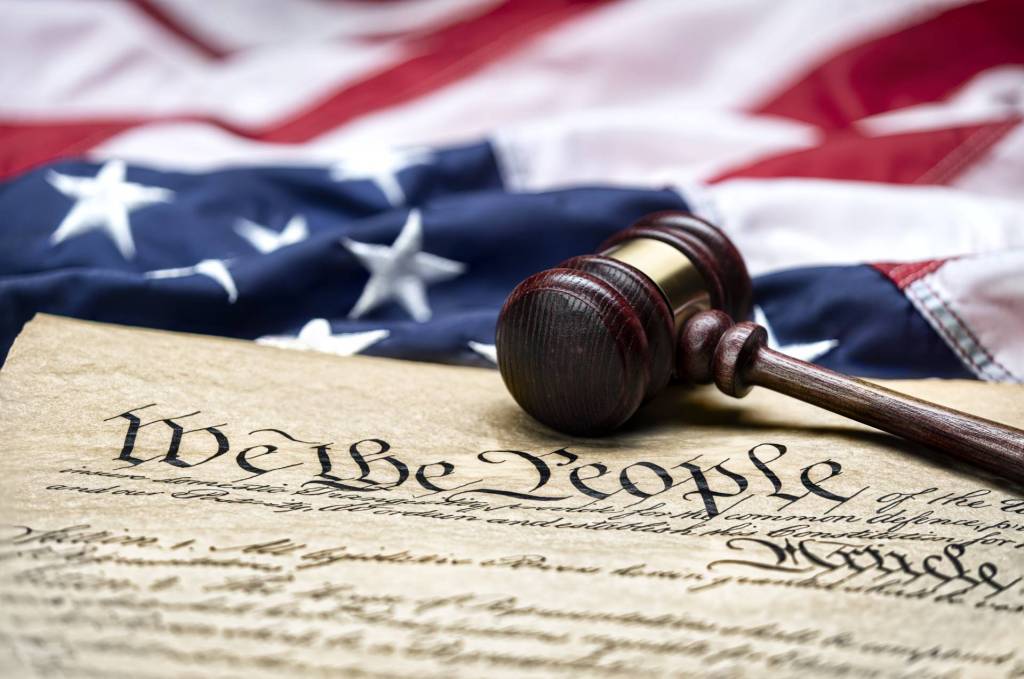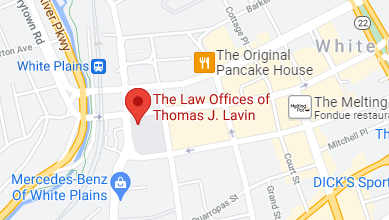It’s logical to worry that if you’ve been injured in an accident and you think you were partly responsible, you wouldn’t be able to recoup any losses from other parties. In some states, that can be the case. However, New York is a comparative fault (also known as comparative negligence) state. That can make personal injury a complicated affair. Still, it’s worth working with an experienced personal injury attorney who understands comparative fault and knows how to investigate the cause of the injury to determine what damages you may be eligible to receive.
What Is Comparative Fault?
Comparative fault is the process by which the courts assign each party a percentage of the liability for the injury-causing accident. However much blame is assigned affects the total amount of the damages awarded. If someone is determined to be 40% at fault for the accident that caused their injury, then the total amount of damages they’ll receive could be reduced by 40%. For example, two cars collide, and someone is injured. However, one driver was speeding while the other ran a red light. If the court determines that the injured person should receive $10,000 in damages but finds they were 40% at fault for the accident, they’ll receive $6,000 instead of $10,000.
This differs from states that rule that if someone is at least 50% responsible for the accident that caused their injuries, they can’t receive any damages. In New York, someone could be deemed 99% responsible and still receive 1% of the damages.
How Do the Courts Determine Comparative Fault in New York?
Comparative fault is usually determined in a courtroom by a jury. The injured party, known as the plaintiff, must prove that the defendant was largely at fault for the accident that caused the injuries. There are four points that the plaintiff’s case must make (and they must prove all four):
Duty. This means that the defendant had a duty to exercise appropriate care or caution while driving or by keeping premises safe (such as taking steps to mitigate icy sidewalks, etc.).
Breach of duty. The defendant did not take the caution and care a reasonable person would.
Proximate cause. The defendant’s breach of duty led to the accident.
Damages. The plaintiff was injured because the defendant breached the duty.
What if There Are Multiple Defendants?
This is a more complicated situation that involves joint and separate liability. This legal framework says that if one of the parties is liable but doesn’t have the insurance or funds to cover the damages, the other parties may be held responsible for some of those damages. It involves someone being able to sue the various parties separately and jointly for the injuries sustained in the accident.
How Can I Prove the Other Party Was Mostly at Fault for the Accident in Which I Was Injured, Even if I’m Partly at Fault?
There are several tactics and techniques that experienced personal injury attorneys will use to establish where the bulk of the fault rests and potentially all of the fault. Several forms of evidence can be used, including:
Medical records. These are critical for proving that the plaintiff did, in fact, sustain physical damages (or mental health damages, such as post-traumatic stress disorder).
Witness testimony. If there were bystanders and witnesses to the accident, they should provide testimony via deposition and potentially in court.
Police records. As soon as the accident happens, if someone is physically able, they should call the police and file a report. The report doesn’t necessarily establish fault, but it can include conditions at the accident scene and what may have been contributing factors.
Expert witnesses. There are times when experts will testify as to how and why they think the accident happened and who was at fault.
Security videos. If there are security cameras on homes or businesses that may have caught the accident on video, that video may become part of the evidence.
Other records. These can include cell phone records, which could show the driver at fault was on their phone at the time of the accident, or drug and alcohol tests that are conducted after the accident.
What Should I Do if I’ve Been Injured in an Accident I May Be Partly Responsible For?
First, seek medical attention right away. Some injuries don’t present symptoms immediately. If you delay, the other side may claim your injuries occurred after the accident because you didn’t get checked out by a doctor. Then call us at 718-829-7400 for a free case evaluation. Often when people are injured in an accident, they may feel a sense of personal responsibility that’s not necessarily warranted. Sometimes there’s a sense of shame from having been in an accident when in fact, they may not have contributed to it at all. We can help you through the process of determining where the actual liability rests and how to pursue damages for your injuries.
We recommend that you don’t talk with anyone else involved in the accident, whether it’s another driver, the property owner where you slipped and fell, or someone in charge of the workplace where the injury occurred. They may try to have their attorney or insurance representative contact you. Their goal is to get you to accept most or all of the blame for the accident or at the very least, to accept a settlement far lower than what you might be eligible for. Don’t have any discussions with them or sign any documents. Instead, refer them to your attorney.








